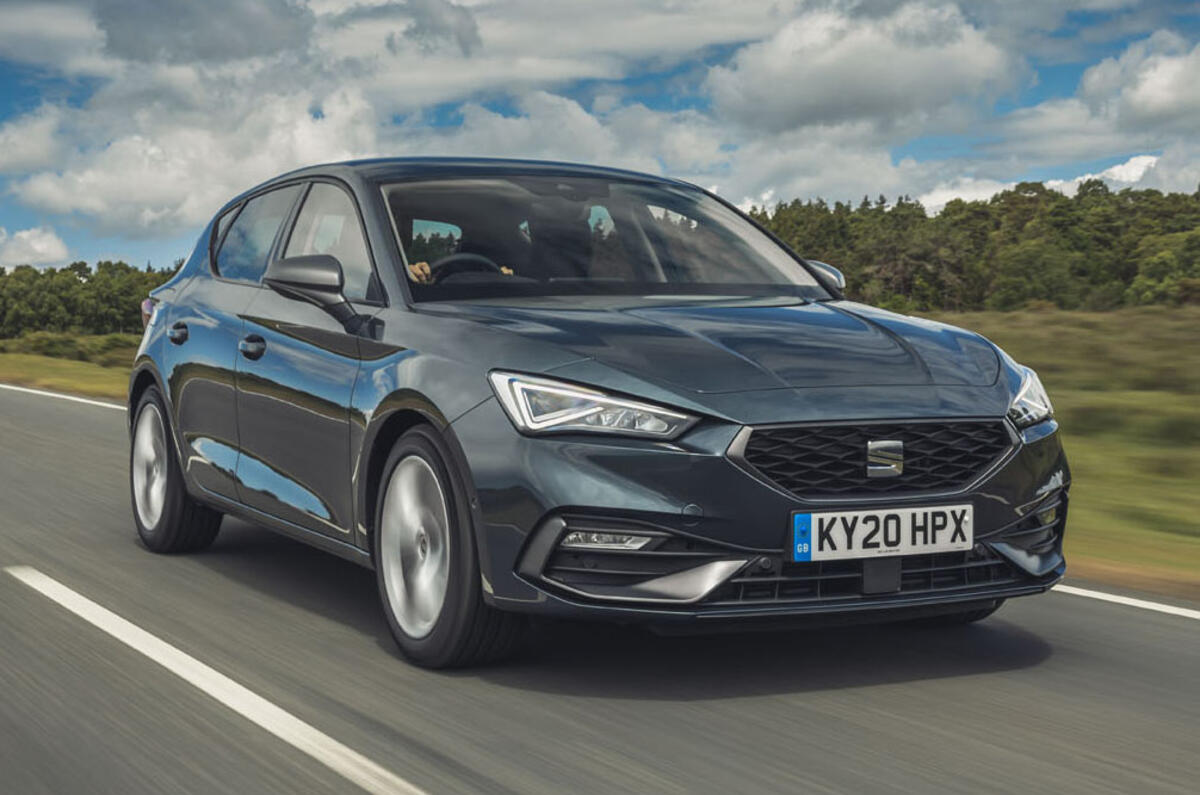What is it?
The Seat Leon family hatchback has long been Seat’s biggest seller, and now that the El-Born electric car is set to wear Cupra colours instead, it is the new plug-in hybrid Leon that Seat will task with bringing battery power to the masses.
It shares its 1.4-litre turbocharged petrol engine with the Cupra Leon eHybrid that we sampled a fortnight ago, albeit in a lower state of tune, paired to the same electric motor and 12.8kWh battery. A 201bhp combined output makes this the most powerful Seat-badged version of the Leon, although there’s little to indicate that fact: just a small bootlid badge and a charging port on the front wing.
On electricity alone, it’s good for up to 40 miles – likely closer to 30 with less cautious driving and cold weather but enough for the average commute. A full charge takes less than four hours with a wallbox or six from a domestic socket, and you can set a minimum charge level to save juice for low-emissions zones.
Sporty FR trim is now the starting point for the e-Hybrid model. It receives selectable drive modes and sports suspension as well as in-cabin niceties like wireless phone charging, heated door mirrors and a leather-wrapped, flat-bottomed steering wheel that implies at least some degree of dynamism. The rear bumper also gets chrome exhaust tips to stand out from lesser models, although they’re of the fake variety.
Perhaps the most intriguing statistic is its 27g/km CO2 emissions, which puts it in the 6% benefit-in-kind tax bracket so will prove very tempting for company car drivers.





































Join the debate
Add your comment
Tax rules
Range
Unless I have misread, Autocar says this is a 6% benefit in kind as it can do 40 miles on electric. However Seat are quoting 34 miles which puts it into the 10% bracket.
also, why put a misleading ' from £18875 ' price in when the plug in hybrids all start at about 30k?
"The volume and temperature
"The volume and temperature sliders below the touchscreen are a devil to see at night..."
Another silly interior where style and appealling to younger audiences matters more than ergonomics. Stil, you could always just drive it in the daytime.